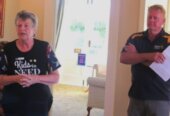Help is on the horizon for local teachers desperate for more resources to support students with special learning needs.
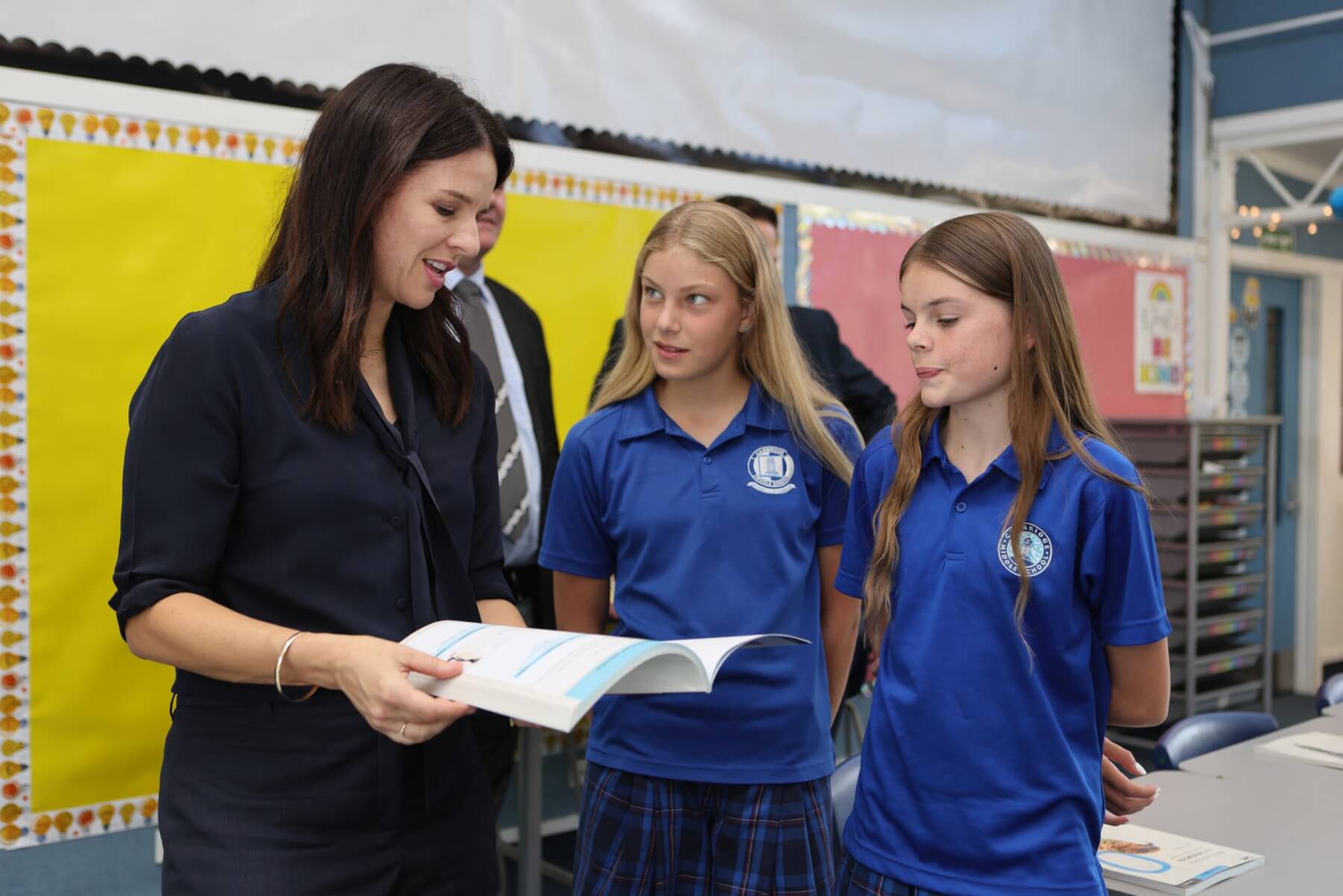
Education minister Erica Stanford checks out learning resources while taking a guided tour of Cambridge Middle School’s new technology block with year 8 students Rachel Rutter (left) and Madison Keenan. Photo: Steph Bell-Jenkins
Education minister Erica Stanford, who visited Cambridge Middle School and Goodwood School on Friday, says teachers can “look forward to some positive news” on that front.
“We always knew that the first budget was going to be about teacher supply, property, curriculum and resourcing – this year’s budget will be about learning support,” she said.
However, there was no good news about Cambridge’s planned new primary school, which was put on hold last year when the Ministry of Education reprioritised its property investment spend.
Work on the 300-pupil school, designed to address local population growth and cater for children with special needs, had already started at Bridleways Estate in Cambridge west.
The ministry had pumped $8 million of taxpayer money into the project, and developers and the council completed bus and turning bays, footpaths, crossings and landscaping.
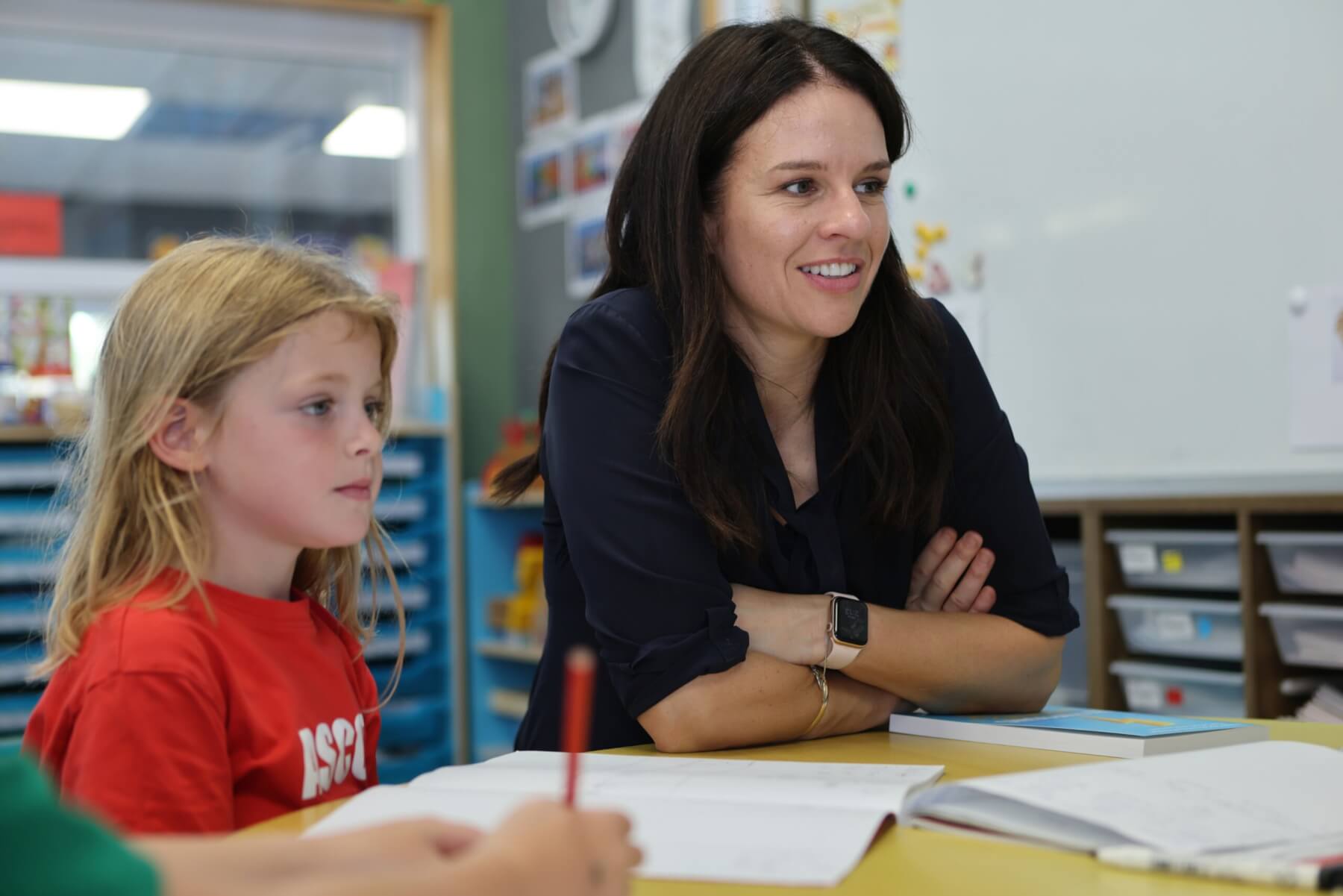
Education Minister Erica Stanford joins six-year-old April Brewer (left) in a reading lesson during her visit to Goodwood School on Friday.
The minister said the school would go ahead eventually but she could not say when.
“I don’t have at this time any advice from the ministry about timelines for this particular school; they’re still working through where the immediate need is,” she said.
Funding for the planning and design of the new school was allocated in the 2021 Budget, after a ministry proposal document noted Cambridge’s population was set to double by 2050, requiring provision for an additional 400-600 primary and 500-1000 secondary students.
The News asked the minister if parents could be assured their children would not end up shoehorned into libraries and corridors, should school infrastructure fail to keep pace with the town’s burgeoning population.
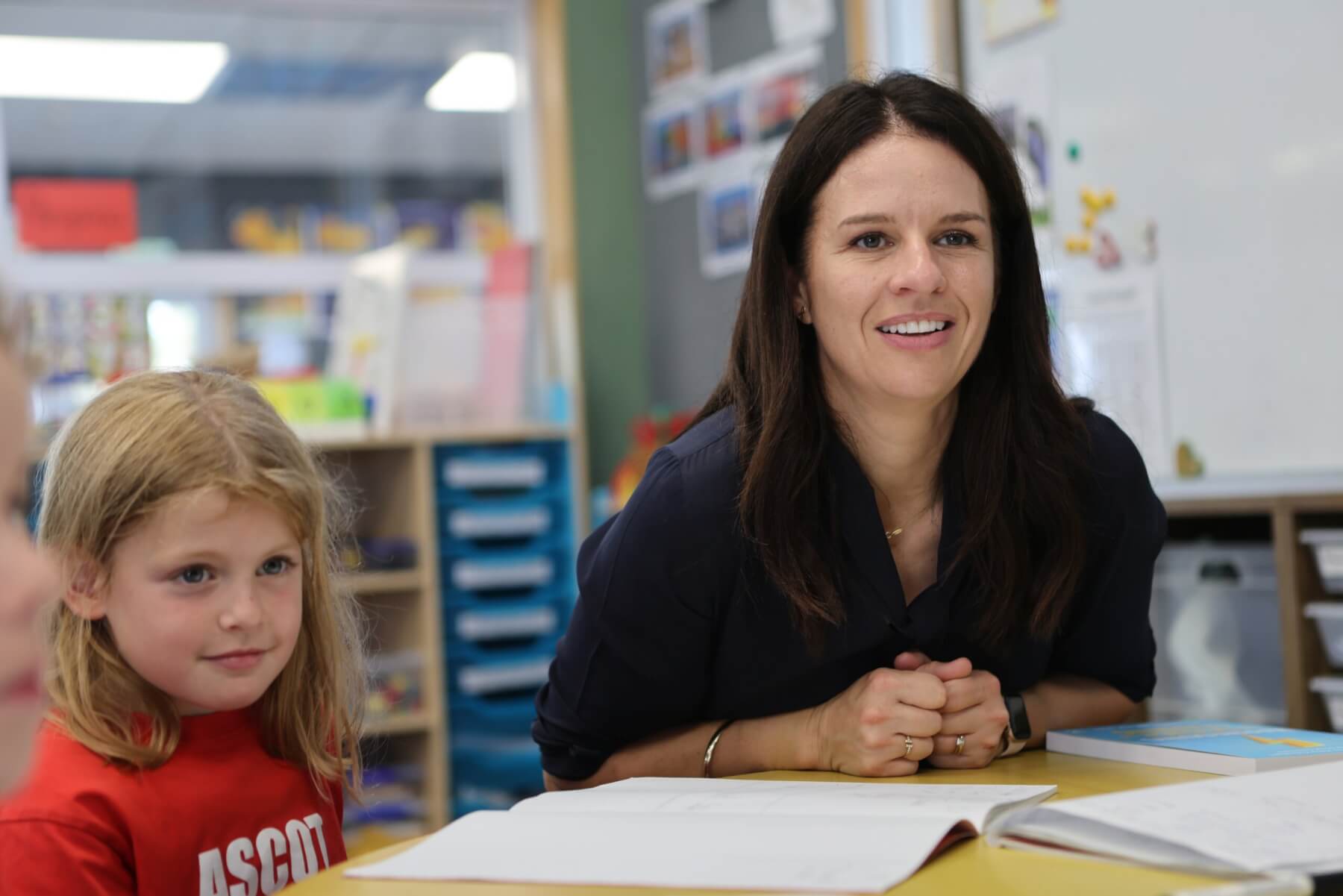
Education Minister Erica Stanford joins April Brewer (left) and her year 2 classmates Ella Forsman, Riley Bunting and Koda Jacklin-Cox in a reading lesson during her visit to Goodwood School on Friday afternoon.
“Frankly there are children all around the country in libraries and corridors – that’s the situation that we inherited and we’re trying to work through that,” she said.
“Of course, an ideal situation is not to have that and that’s what we’re working towards, which is why we put that enormous budget injection in last year. We will attempt, all things going well, to do that again this year, but that is exactly my priority, to make sure that, even though we may not be building the new school right now, we will make sure that schools in the area are catered for with modular classrooms to cater for the demand.”
Stanford was in Waipā on Friday visiting Cambridge Middle School and Goodwood School.
Cambridge Middle School students Rachel Rutter, Evie Ball and Madison Keenan took her on a tour of their new technology block and visited two classrooms, where the minister discussed the new mathematics and structured literacy curriculum with teachers Danielle Fuller and Harmony Cairns.
Cairns said she thought the new structured literacy curriculum was great.
“It makes it a lot easier for beginner teachers,” she said. “I’m lucky because I enjoy literacy, but for beginner teachers who don’t, having that structure is allowing us to plan more collaboratively.”
The minister also talked to teachers about a new mathematics pilot programme due to begin at Cambridge Middle School this week.
“We have got 3000 children across the country that are behind in their mathematics who are getting up to four times a week extra tuition in small groups to get them back to where they need to be,” she said.
Principal Daryl Gibbs said the new curriculum had allowed teachers to “focus back on the importance of good quality teaching”.
“I think there was probably a little period of time when we had national standards and that was very assessment driven and levels of where kids should be at at a given point in time, he said.
“I think over the following few years the pendulum swung a little bit too much the other way, where it was a little bit too vague in terms of how do we know what’s good teaching, how do we know where children are at? And I think there’s a bit more of a balance now.”
Later, at Goodwood School, the minister spent time chatting with teachers, board members, Liz Kane Literacy representatives and Waikato MP Tim van de Molen.
She also spent time observing reading and spelling lessons in action with year two students April Brewer, Ella Forsman, Riley Bunting and Koda Jacklin-Cox and their teacher Shelley Hack.
“The minister was particularly interested to hear how the school was progressing in terms of implementation of the refreshed curriculum,” principal David Graham said.
“We are seeing exciting progress across our school and are excited by the opportunities the refreshed curriculum has presented.”
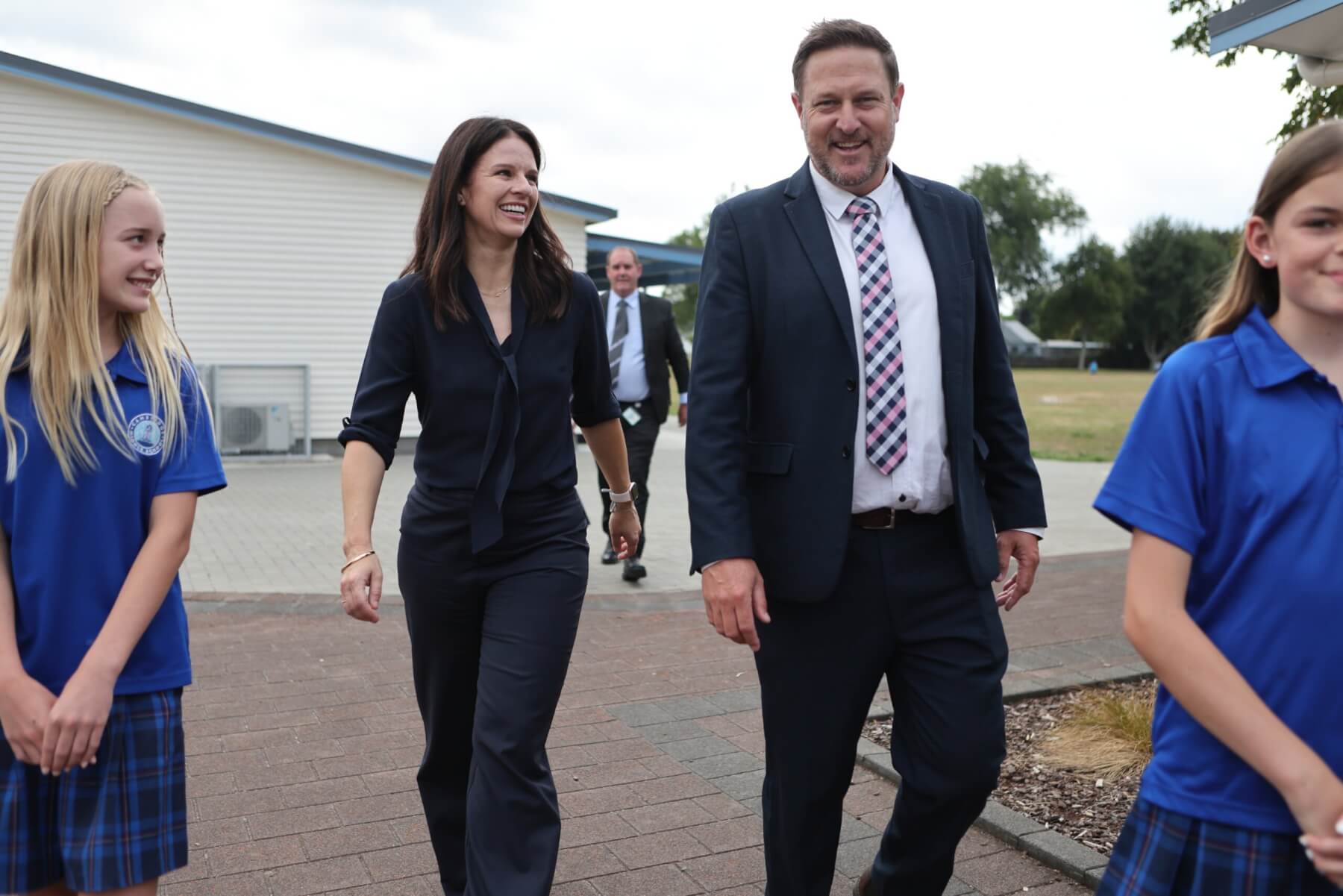
Education Minister Erica Stanford takes a tour of Cambridge Middle School with Evie Ball (left), principal Daryl Gibbs, Madison Keenan (right) and Rachel Rutter (out of shot).






